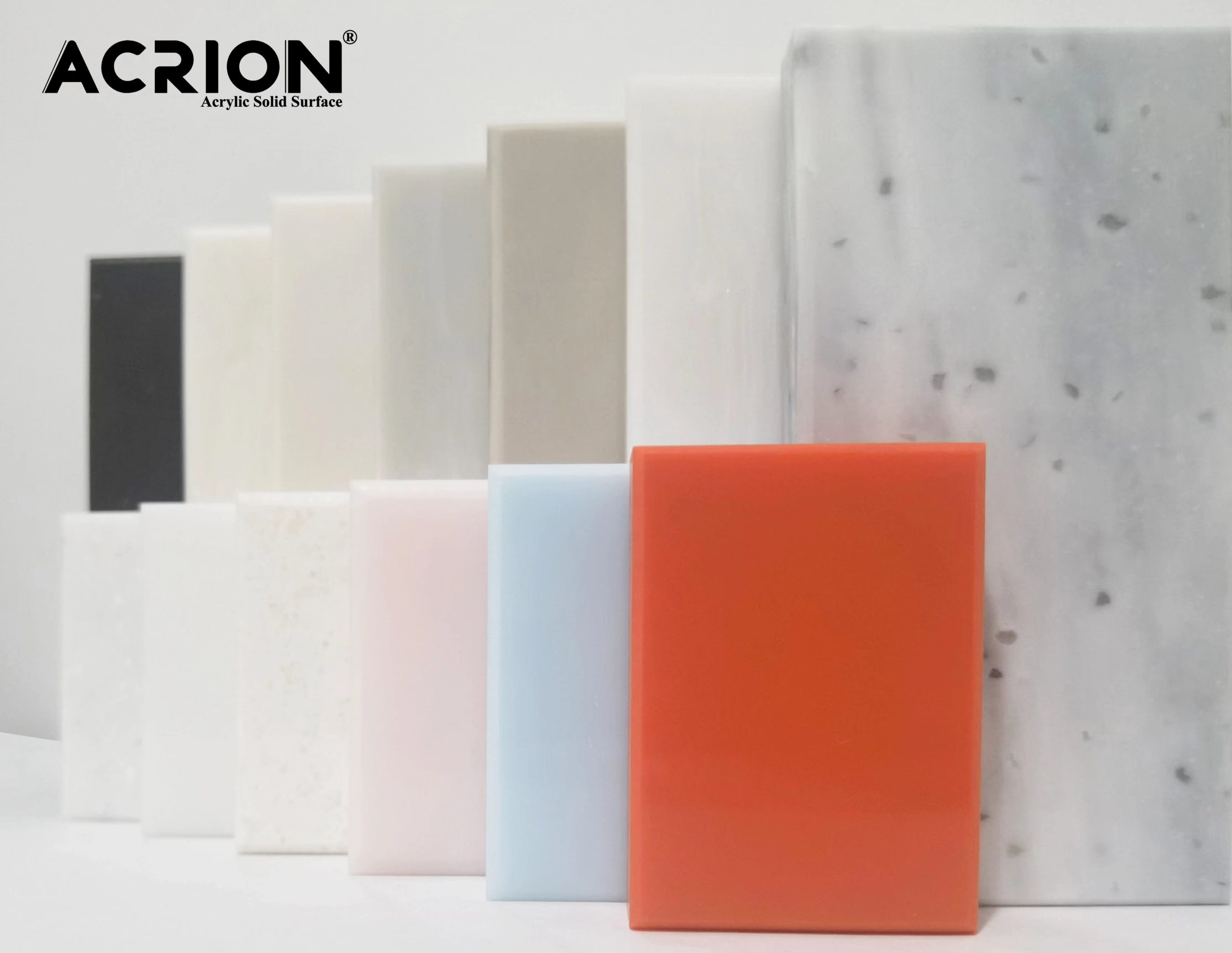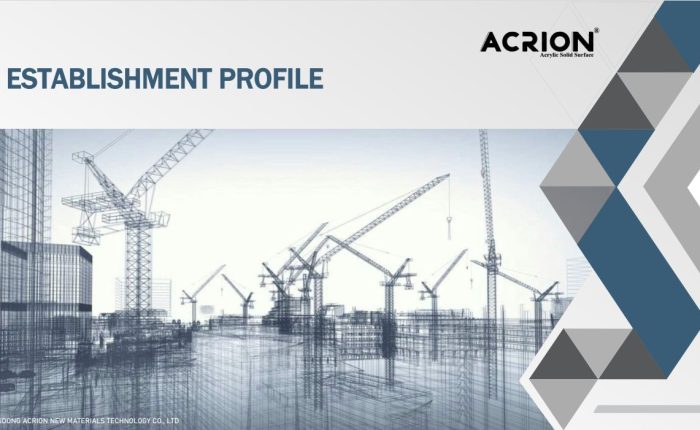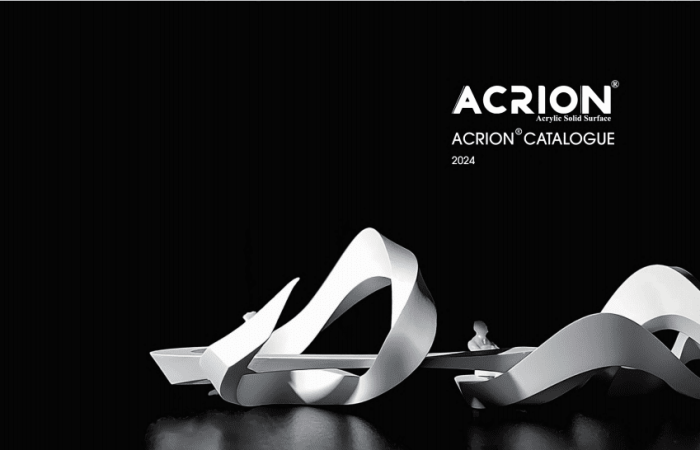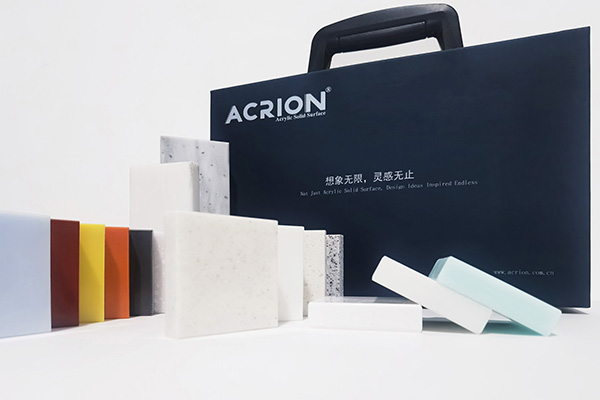การปรับระดับของการติดตั้งเคาน์เตอร์ Kolinai จะต้องรวมกันกับสี่ลิงก์: การตรวจจับเครื่องมือสนับสนุนการเพิ่มประสิทธิภาพการควบคุมการติดกาวและการตรวจสอบแบบไดนามิกเพื่อให้แน่ใจว่าข้อผิดพลาดสุดท้ายน้อยกว่า 1 มม./เมตร ต่อไปนี้คือการดำเนินการเฉพาะและประเด็นสำคัญ:
ขั้นแรกการตรวจจับระดับเริ่มต้นและการวางตำแหน่ง
การเลือกเครื่องมือและการจัดตั้งมาตรฐาน
ใช้ระดับเลเซอร์ (มีความแม่นยำ± 0.3 มม./ม.) เพื่อทำเครื่องหมายเส้นอ้างอิงแนวนอนที่ด้านบนของตู้ครอบคลุมความยาวทั้งหมดของพื้นที่ติดตั้งบนเคาน์เตอร์
ทำเครื่องหมายความสูงอ้างอิงของจุดสำคัญที่ขอบของตู้ (เช่นสี่มุมและตำแหน่งการสนับสนุนกลาง) เพื่อให้แน่ใจว่าการปรับเปลี่ยนที่ตามมาจะขึ้นอยู่กับหลักฐาน
ตรวจสอบความเรียบของร่างกายตู้ใหม่
หากคณะรัฐมนตรีเอียง (เช่นเมื่อผนังไม่ได้เป็นแนวตั้งทำให้ตู้เอียง) จะต้องมีการปรับโดยการปรับระดับเท้าหรือใช้ shims
ตัวอย่าง: หากปลายด้านซ้ายของตู้สูงกว่า 1 มม. และปลายด้านขวาต่ำกว่า 2 มม. ต้องเพิ่มปะเก็น 3 มม. ที่ด้านล่างของปลายด้านขวาเพื่อเรียกคืนระดับโดยรวมของตู้
ประการที่สองการปรับแบบไดนามิกของโครงสร้างสนับสนุน
การเพิ่มประสิทธิภาพของความหนาของแผ่นซิลิโคน/แถบยาง
วางเลเยอร์รองรับยืดหยุ่น (มีความหนา 3-5 มม.) ที่ด้านบนของตู้และปรับระดับให้ปรับระดับโดยการเพิ่มหรือลดความหนาของชั้นเบาะ
เคล็ดลับ: หากส่วนท้ายของเคาน์เตอร์ต่ำกว่า 0.5 มม. สามารถเพิ่มแถบยางหนา 0.5 มม. ที่ตำแหน่งรองรับที่สอดคล้องกันเพื่อให้ได้ค่าตอบแทนที่แม่นยำ
การสอบเทียบความสูงของกรอบรองรับกลาง
สำหรับเคาน์เตอร์ยาวควรเพิ่มกรอบสนับสนุนตรงกลางและความสูงของกรอบสนับสนุนจะต้องเหมือนกับขอบของตู้
วิธีการปรับ: ใช้กรอบรองรับความสูงที่ปรับได้และปรับความสูงของพื้นผิวรองรับโดยการหมุนสกรู ข้อผิดพลาดควรน้อยกว่า 0.1 มม.
ประการที่สามการควบคุมระดับในระหว่างกระบวนการติดกาว
แอปพลิเคชันกาวและกลยุทธ์ความดัน
ควรใช้กาวอย่างสม่ำเสมอกับพื้นผิวสัมผัสระหว่างเคาน์เตอร์และตู้และปริมาณที่ใช้ควรอยู่ในระดับปานกลาง (เพื่อหลีกเลี่ยงการล้นหรือไม่เพียงพอ)
เมื่อใช้แรงดันให้ใช้วัตถุหนักกระจายอย่างสม่ำเสมอ (เช่นถุงทราย) เพื่อหลีกเลี่ยงแรงดันที่มากเกินไปในด้านหนึ่งทำให้พื้นผิวโต๊ะเอียง
การตรวจสอบแบบไดนามิกระหว่างการบ่ม
ในระหว่างกระบวนการบ่มของกาวควรใช้ระดับเลเซอร์เพื่อตรวจสอบระดับทุกสองชั่วโมง หากพบการเบี่ยงเบนใด ๆ ควรปรับโครงสร้างการสนับสนุนทันที
จุดสำคัญ: ในช่วงระยะเวลาการบ่มเริ่มต้น (4 ชั่วโมงแรก) เคาน์เตอร์มีแนวโน้มที่จะเปลี่ยนดังนั้นความถี่การตรวจสอบจะต้องเพิ่มขึ้น
ประการที่สี่การตรวจสอบและแก้ไขระดับหลังจากการบ่ม
การตรวจจับระดับสุดท้าย
หลังจากกาวหายไปอย่างสมบูรณ์ (โดยปกติภายใน 24 ชั่วโมง) ให้ใช้ไม้บรรทัดเหล็กและมาตรวัดความรู้สึกเพื่อวัดความกว้างของช่องว่างระหว่างขอบของเคาน์เตอร์และขอบของตู้
เกณฑ์การยอมรับ: ความกว้างของช่องว่างควรมีความสม่ำเสมอและสอดคล้องกันโดยมีข้อผิดพลาดน้อยกว่า 1 มม. ไม่มีความรู้สึกที่ชัดเจนของความโน้มเอียงบนพื้นผิวเคาน์เตอร์
วิธีการแก้ไขท้องถิ่น
หากปลายสุดของเคาน์เตอร์สูง 0.3 มม. สามารถแก้ไขได้โดยการบดด้านล่างของเคาน์เตอร์หรือลดความหนาของชั้นรองรับตำแหน่งรองรับที่สอดคล้องกัน
หมายเหตุ: ปริมาณการบดจะต้องถูกควบคุมอย่างเคร่งครัด (ไม่เกิน 0.1 มม. ในแต่ละครั้ง) เพื่อหลีกเลี่ยงความหนาไม่เพียงพอของโต๊ะเนื่องจากการบดมากเกินไป
ประการที่ห้าปัญหาทั่วไปและการตอบโต้
เคาน์เตอร์จะเอียงโดยรวม
เหตุผล: การสนับสนุนที่ไม่สม่ำเสมอของร่างกายตู้หรือการรบกวนจากภายนอกระหว่างการบ่มของกาว
วิธีแก้ปัญหา: ถอดเคาน์เตอร์ปรับโครงสร้างการสนับสนุนตู้และใช้แรงดันเพื่อทำให้แข็งตัว
เคาน์เตอร์ถูกเว้าแหว่งบางส่วน
เหตุผล: ความสูงไม่เพียงพอของกรอบสนับสนุนหรือการใช้กาวที่ไม่สม่ำเสมอ
วิธีแก้ปัญหา: เพิ่มกรอบสนับสนุนหรือใช้กาวเพิ่มเติมจากนั้นใช้แรงดันใหม่สำหรับการบ่ม
ช่องว่างระหว่างเคาน์เตอร์และตัวถังไม่สม่ำเสมอ
เหตุผล: ขอบของตู้ไม่สม่ำเสมอหรือเคาน์เตอร์ไม่ได้อยู่ในแนวเดียวกันระหว่างการติดตั้ง
วิธีแก้ปัญหา: ปรับเท้าปรับระดับของตู้หรือติดตั้งเคาน์เตอร์ใหม่เพื่อให้แน่ใจว่ามีช่องว่าง
การบำรุงรักษาเสถียรภาพระยะยาวที่หก
การตรวจสอบเป็นประจำ
ใช้ระดับเลเซอร์เพื่อตรวจสอบระดับของเคาน์เตอร์ทุก ๆ หกเดือนโดยมุ่งเน้นที่การตรวจสอบพื้นที่สนับสนุนกลางและขอบของอ่าง
การปรับเปลี่ยนความสามารถในการปรับตัวด้านสิ่งแวดล้อม
หากอุณหภูมิและความชื้นด้านสิ่งแวดล้อมเปลี่ยนแปลงอย่างมีนัยสำคัญ (เช่นแห้งในฤดูหนาวและความชื้นในฤดูร้อน) จำเป็นต้องตรวจสอบว่าช่องว่างระหว่างเคาน์เตอร์และร่างกายของตู้เปลี่ยนไปเนื่องจากการขยายตัว/การหดตัวหรือไม่



